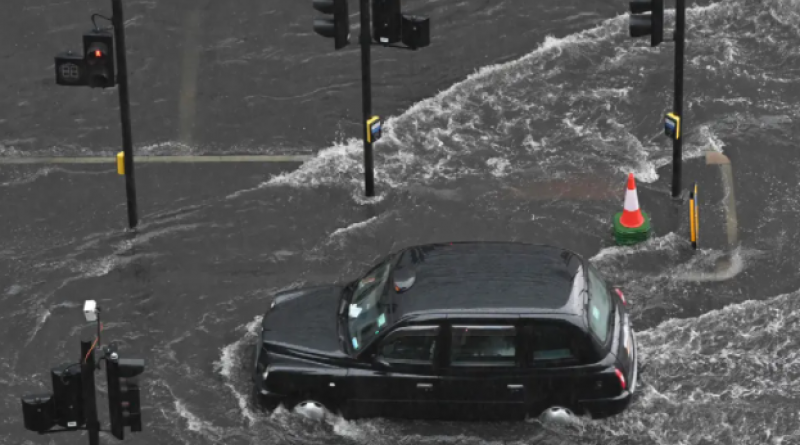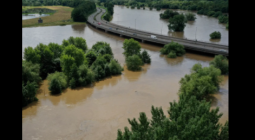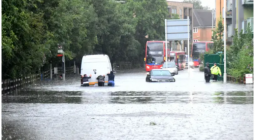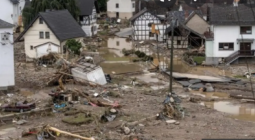Climate crisis: Campaigners call for national flash flood alert system as extreme rain ‘puts millions at risk’

It is no longer just properties in water catchment areas that face danger, experts say - increasing rainfall means submersion can happen anywhere.
It is a phenomenon that, climate scientists say, will only become more frequent in the coming years: residential streets flooded despite being nowhere near rivers or water catchment areas.
Increasing numbers of inundations - like those in London this week – are happening because rain is falling in such quantities in such a short space of time that traditional drainage systems cannot cope.
Now, campaigners are calling for a national alert system to be developed which would warn residents suddenly in danger of such flash flooding.
They say that the increasing likelihood of extreme weather, as well a relatively antiquated drainage system, means that surface water submersions are now a risk to millions of properties across the UK.
“If you live in areas where rivers are likely to burst their banks you will get an alert from the Environment Agency warning you that there may be flooding,” says Mary Dhonau, CEO of the Know Your Flood Risk group. “That’s great but we now need to adjust our thinking and understand that, in fact, flash flooding – caused by extreme rainfall – can happen anywhere.”
The solution, she says – beyond reversing climate change – is for the creation of a system that effectively models the impact of sudden extreme weather on the areas where it is forecast; then sends out warnings to those in danger of being washed out.
She told The Independent: “The real horror of flash flooding is that no-one who suffers from it ever expects it to happen to them. It takes people completely by surprise. If, as a country, we have a system where we can forewarn people and allow them to take mitigating action, the damage – as well as the psychological impact – would be significantly reduced.”
She added that while flash flooding has once been a relatively rare issue, “millions of homes are now at risk”.
Hospitals and Underground stations in London were submerged this week as a result of high rainfall; while, in January, the Cheshire town of Northwich saw its new £7 million flood defences keep the rivers Dane and Weaver at bay, only for the town to be submerged anyway because drains could not cope with rain brought by Storm Christoph.
Already new technologies exist that are becoming increasingly proficient at predicting and modelling where and how rainfall might lead to high levels of surface water. The Loughborough-based company Previsico is especially highly regarded in the field.
Dhonau, who was also CEO of the National Flood Forum between 2006 and 2010, said: “The challenge now is to turn that into an efficient system like we have with river flooding. So what is urgently needed now is funding from the government to develop this and get it rolled out. It is not a problem that is going away.”
A Defra spokesperson said: “Defra and the Environment Agency have recently announced that more than 1,000 flood schemes across the country will benefit from record levels of investment – with over £860m to be invested in flood alleviation schemes this year.
“The Environment Agency is working with local authorities to provide better surface water flood risk mapping by summer 2022, which will offer crucial information to an additional 3.3 million people and 1.4 million properties at most risk. This is in addition to a new approach together with the Met Office, to provide faster communication of surface water flood forecasts.”
2 August 2021
INDEPENDENT





